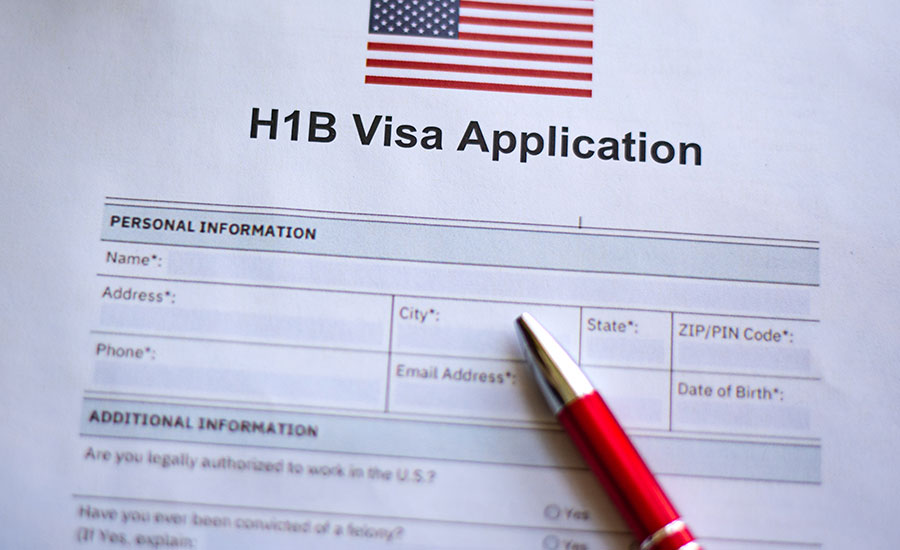Faced with a continued shortage of engineers, a leading engineering association has asked the Biden administration to make changes in the H1-B visa and other federal workforce-related programs so employers can attract and retain more skilled professionals.
In an April 20 letter to President Joe Biden, Linda Bauer Darr, American Council of Engineering Cos. CEO, said,“There are not enough U.S. citizens or permanent residents to meet the workforce needs of engineering firms.”
Darr said that, according to Bureau of Labor Statistics data, the U.S. engineering workforce was already at full employment levels even before the wave of new infrastructure projects that followed enactment of the Infrastructure Investment and Jobs Act, Inflation Reduction Act and the CHIPS and Science Act.
But now, the problem "seems to be getting worse," says Steve Hall, ACEC senior vice president for advocacy.
"It was a challenge before Congress passed IIJA and the IRA and the CHIPS bill," he says. "They've dumped trillions of dollars into the built environment over the last couple years—it stretched an industry that was already fully engaged, for the most part."
Many engineering students at U.S. universities come from other countries, Darr said. She noted a 2019 American Society for Engineering Education report showing that more than half of engineering master’s and doctoral degrees awarded by U.S. universities went to international students.
ACEC member firms use such programs as H-1B visas, green cards and Optional Practical Training to add to their engineering workforces when trained Americans are not available, she said,
But Darr also said there are not enough of these types of visas or other programs to meet demand.
The H-1B visa program, for example, allows U.S. employers to temporarily hire foreign workers for positions that "require the theoretical and practical application of a body of highly specialized knowledge," such as engineering and architecture, according to the U.S. Citizenship and Immigration Services. A prospective worker also must have at least a bachelor's degree.
But the program has a congressionally mandated annual cap. The fiscal year 2023 cap is 65,000, plus an exemption for those with advanced degrees, of 20,000.
A key move for addressing the shortage of engineers would be increasing the overall number of H-1B visas. Hall says, "Obviously that's a big thing." But he notes that changing the cap would require congressional action.
ACEC also is asking for some near-term changes in workforce-related programs that could be brought about via administrative actions.
The organization suggests changes in the Optional Practical Training program, which permits foreign students to work temporarily in the U.S. after graduation from a U.S. university. At present, the maximum work period under the program is three years.
ACEC wants the administration to extend the training program period by two years, bringing the total to five years.
The council also suggests modifying the requirements for Material Change Amendments. Hall explains that when there are "minor changes" in a worker's status, such as a new worksite or a reduction in hours, employers must file an amended petition with the USCIS. For employers, Hall says, "that is time-consuming. It's expensive."
What ACEC is proposing, he says, is having "an easier, more streamlined process for making those minor updates."
As a long-term remedy, Darr said ACEC, like many other organizations, backs expanding STEM education.
Hall says, "Every time we have a major meeting, the question is always asked, 'Who has turned down work in the last 30 days or the last three months because of a shortage of talent? Firms of all sizes. Almost every hand in the room goes up."
He adds that the engineer shortage "really represents probably the biggest challenge facing the industry today."



Post a comment to this article
Report Abusive Comment